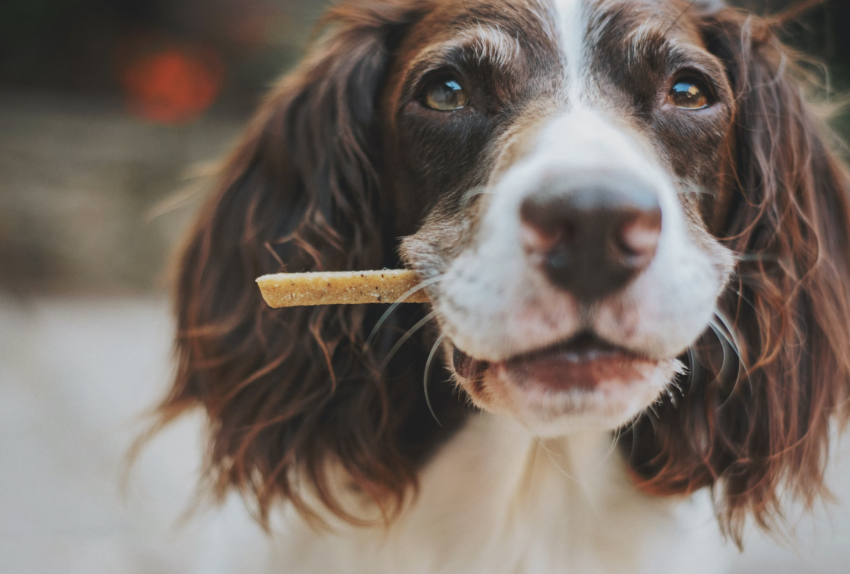One of the most salient mistakes people make when using treats in training besides using treats as bribe or agonizing if to continue using food, as discussed on the last post, is not fading the food lure soon enough so that the dog learns to work for food as a consequence for behavior instead of only working when food is in the picture.
A lure could be anything that either helps position the dog in a certain way. For example, to teach a dog to sit we place a treat just above the dog’s nose so that when the dog lifts its head to get the treat, his butt hits the ground. In other words the dog sat!
Luring is a crafty way of doing this. The dog follows the food and we can then very gently and clearly, when done well, teach all sorts of things such as sit, down, stand, etc.
If one is to use food in this way, we also need to teach the dog to trust that we will pay once he has done what we want him to do. At this stage the dog must learn to take a leap of faith! When the dog learns that he will get “paid” for doing something his confidence in the process and in us is established and he can begin to relax and “work for us” knowing that we will keep our end of the bargain.
The eminent outcome in failing to remove a food lure, or any other type of lure, in a prompt manner is a dog that will only work when food is present. As a result, we have placed ourselves in a corner as the dog now has to re-learn to trust the process and this will most likely be frustrating for both the handler and the dog.
As I mentioned previously, we also must be crafty enough in our use of food when training because once the dog has learned “x” behavior (in that context) we are ready to begin to pay the dog with food in what it is called a variable schedule of reinforcement. In other words, the dog will only be paid sometimes instead of every time for that specific behavior. Learning how to use schedules of reinforcements continuous, variable and a few others, takes time and critical thinking.
The effort invested in understanding different schedules of reinforcement and how to use them is worth it. Because when appropriately used, the dog will perform with more readiness.

